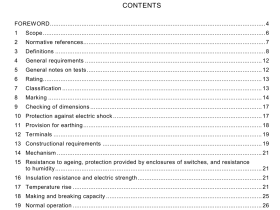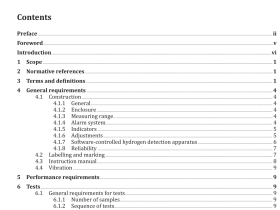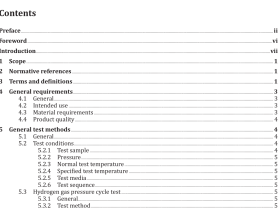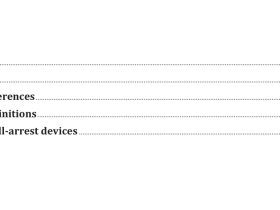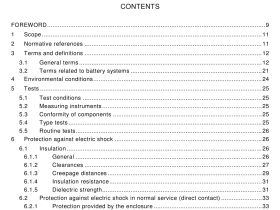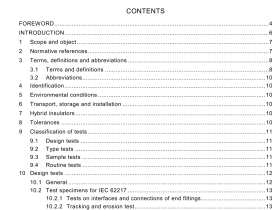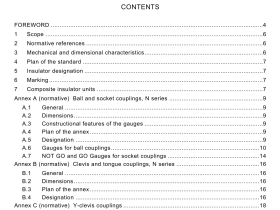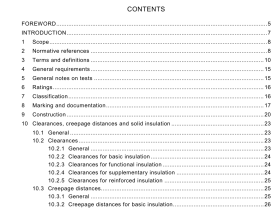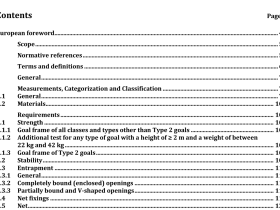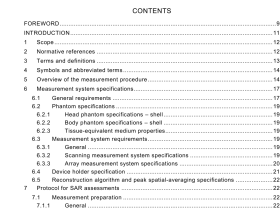AS 1735.4 pdf download
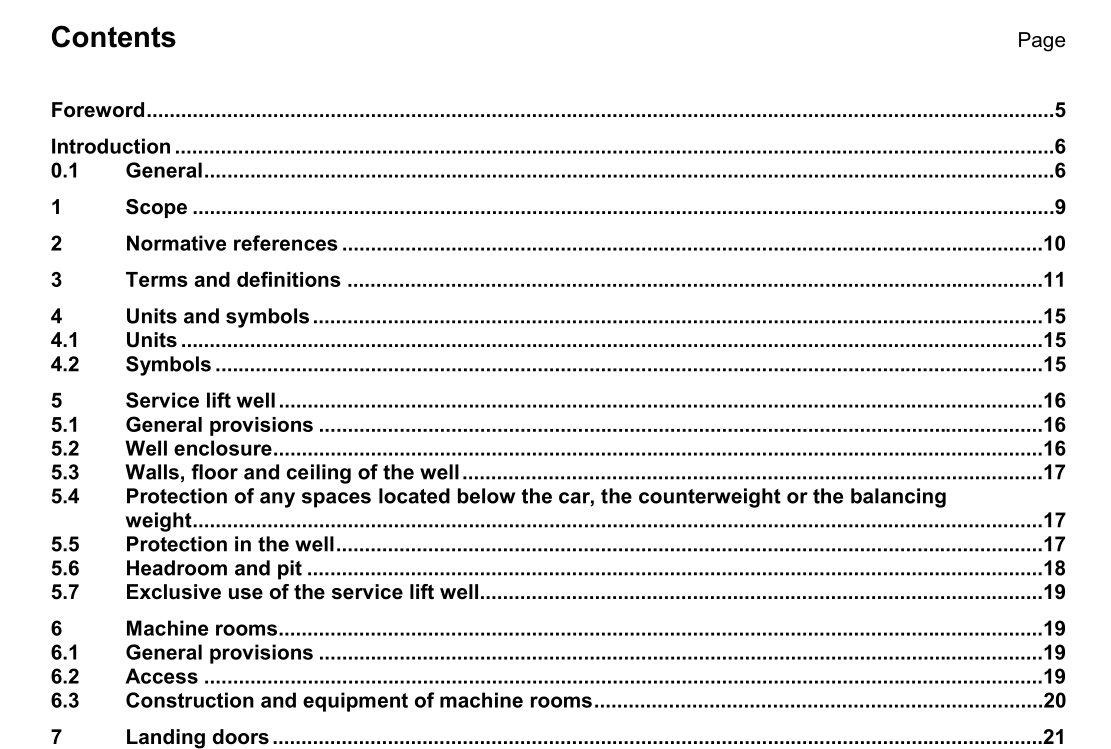
AS 1735.4 pdf download.Lifts, escalators and moving walks
1 Scope
1.1 This standard specifies the safety rules for the construction and installation of permanently installed new electric service lifts with traction or positive drive, or hydraulic service lifts defined as lifting equipment, serving defined landing levels, having a car, the interior of which is regarded as inaccessible to persons on account of its dimensions and means of construction, suspended by ropes or chains or supported by a ram and moving between rigid vertical guide rails or guide rails whose inclination to the vertical does not exceed 15° and driven electrically or hydraulically. This standard covers service lifts with rated load not exceeding 300 kilogrammes and not intended to move persons. 1.2 In addition to the requirements of this standard supplementary requirements shall be considered in special cases (potentially explosive atmosphere, extreme climate conditions, seismic conditions, transporting dangerous goods, etc.). 1.3 This standard does not cover: a) service lifts with drives other than stated in 1.1; b) important modifications (see annex E) to a service lift installed before this standard is brought into application; c) lifting appliances, such as paternosters, mines lifts, theatrical lifts, appliances with automatic caging, skips and hoists for building and public works sites, ships’ hoists, platforms for exploration or drilling at sea, construction and maintenance appliances; d) installations where the inclination of the guide rails to the vertical exceeds 15°; e) safety during transport, installation, repairs and dismantling of service lifts;f) the use of glass for the walls of the well, for the car and for the landing doors including the vision panels. However, this standard may usefully be taken as a basis. Noise and vibrations are not dealt with in this standard because these are not relevant to the safe use of the service lift. Fire propagation is not dealt with in this standard. 1.4 To satisfy the condition of inaccessibility to the car, the car dimensions shall not exceed: a) for floor area, 1,0 m 2 ; b) for depth, 1,0 m; c) for height, 1,20 m. The height of 1,20 m shall not be limited if the car comprises several permanent compartments, each of which satisfies the above requirements. In particular, lifting equipment intended exclusively for the transportation of goods, but having a car with dimensions exceeding any one of the figures above shall not be entered in the category ‘service lifts’. 1.5 This standard covers the safety requirements for service lifts with rated speeds up to 1 m/s. NOTE For service lifts with higher rated speeds additional requirements shall be applied as appropriate in order to maintain the same level of safety.
3 Terms and definitions
For the purposes of this standard, the following terms and definitions apply: 3.1 apron (garde-pieds) (Schürze) smooth vertical part extending downwards from the sill of the landing or car entrance 3.29 rated load (charge nominale) (Nennlast) the load for which the equipment has been built. 3.30 rated speed (vitesse nominale) (Nenngeschwindigkeit) the speed v, in metres per second, of the car for which the equipment has been built. Different rated speeds for upward and downward direction may be stated for hydraulic service lifts: vm = rated speed upwards in metres per second; vd = rated speed downwards in metres per second; vs = the higher value of both rated speed vm and vd in metres per second 3.31 re-levelling (isonivelage) (Nachstellen) an operation, after the service lift has stopped, to permit the stopping position to be corrected during loading or unloading, if necessary by successive movements (automatic or inching) 3.32 restrictor (réducteur de débit) (Drossel) a valve in which the inlet and outlet are connected through a restricted passage way 3.33 rupture valve (soupape de rupture) (Leitungsbruchventil) a valve designed to close automatically when the pressure drop across the valve, caused by the increased flow in a predetermined flow direction, exceeds a pre-set amount 3.34 safety gear (parachute) (Fangvorrichtung) a mechanical device for stopping, and maintaining stationary on the guide rails, the service lift car, counterweight or balancing weight in case of overspeeding in the downward direction or breaking of the suspension
